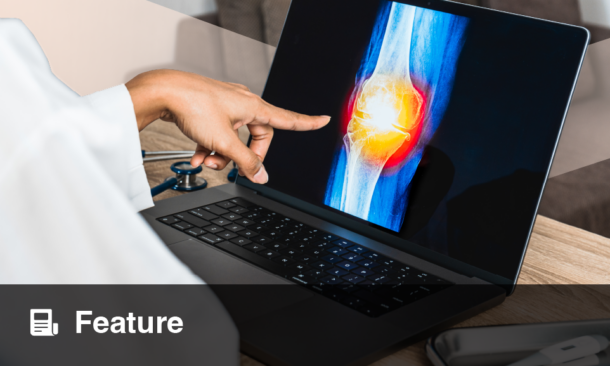A new prospective cohort study has found that the rate of skin thickening progression in patients with systemic sclerosis (SSc), measured using the modified Rodnan skin score (mRSS), is closely correlated with the early onset of serious cardiopulmonary complications, including interstitial lung disease (ILD) and pulmonary arterial hypertension (PAH).
The study followed 509 adult Thai patients diagnosed with SSc between 2013 and 2020. Most patients (69.4%) had the diffuse cutaneous form of the disease, and the average age was 48.2 years. Researchers calculated each patient’s peak skin thickness progression rate (pSTPR) by dividing their peak mRSS by the time it took to reach that peak from the onset of symptoms.
Patients with higher pSTPR values were significantly more likely to develop ILD and PAH earlier in the disease course. Specifically, pSTPR was negatively correlated with time to onset of significant ILD (correlation coefficient −0.509), ILD (−0.480), and PAH (−0.372), all with statistical significance. The median time to ILD onset in this population was just 5.4 years, with significant ILD occurring even earlier, at a median of 3.4 years. PAH developed after an average of 8 years. Higher pSTPR also correlated with shorter survival from disease onset.
These findings suggest that a rapid increase in skin thickness may be a useful early marker to identify patients at higher risk of internal organ involvement. The study adds to growing evidence that skin involvement in SSc is not only a visible sign of disease but also a potential indicator of internal disease progression and poorer outcomes.
By incorporating pSTPR into routine assessments, clinicians may be better equipped to stratify risk and intervene earlier in patients with SSc, potentially improving cardiopulmonary outcomes and survival.
Reference:








